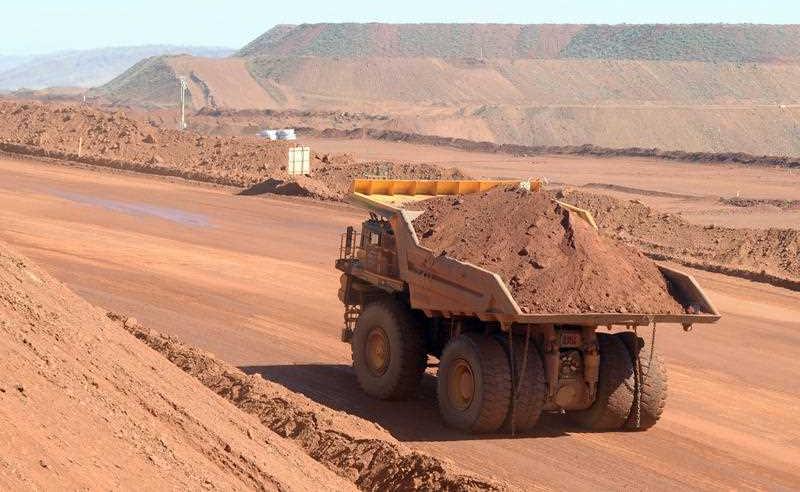Australian iron ore exporters aren’t feeling any effects of Beijing’s ongoing economic sanctions against Australian exports, as China’s colossal demand for the mineral drive prices up to a 10-year high.
Rio Tinto, an iron export giant, said their Australian iron ore assets had excellent operating performance in the first quarter of 2021.





